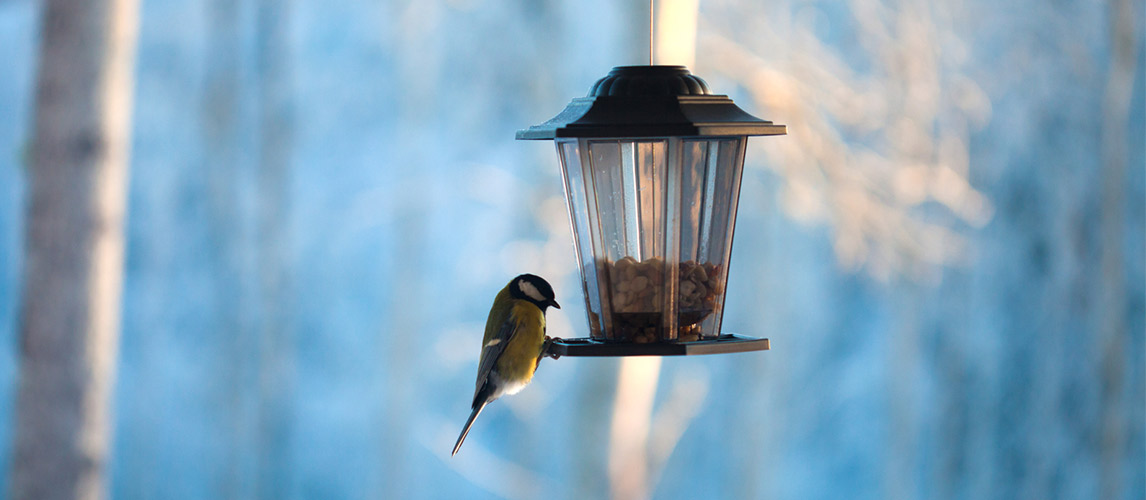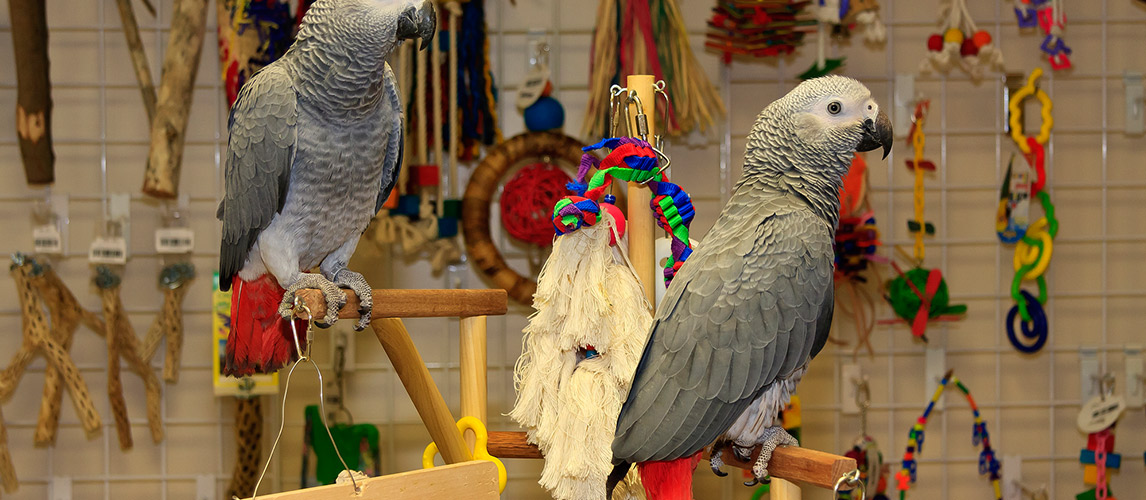All animals are a commitment. They deserve to be with families that will love them and give them the attention, space and care that they deserve. Unfortunately, all too often pets are bought on a whim, and this is particularly true of parrots. Parrots are very appealing, from their image as the pirate’s best friend to their beauty and intelligence, but did you know that they have very long lifespans and require a lot of mental and physical stimulation? There is a lot you need to think about before you commit to taking in a parrot, so here is our little guide to help you.
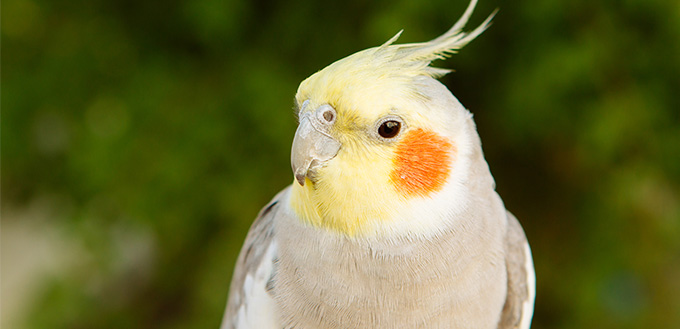
A Short History Of Parrots
The earliest parrots existed 40 million years ago in what is now England, Austria and Germany. As the climate changed more than 1.5 million years ago, the early parrots moved to warmer areas, and this is how they ended up as natives of Africa and South America. Only one breed of parrot migrated to become a native of North America – the Carolina Parakeet. Unfortunately, through hunting and habitat loss, the Carolina Parakeet is now extinct, with the last known wild sighting reported in 1904, and the last captive bird passing away in 1918.
Evidence that humans have long found this beautiful bird entrancing starts with the Egyptians, and develops through 5,000 year old cave paintings in Brazil to 3,000 year old writings in Indian literature. Most often during this period, parrots were companions to the wealthy throughout Asia and Africa, but their popularity spread to Europe with Alexander the Great. Soon, talking parrots became fashionable with the Romans, and there is even evidence to suggest professional parrot teachers could be hired to teach the pets to talk in Latin.
Although their popularity waned during the middle-ages, birds continued to be a popular pet with the wealthy all throughout Europe, leading to one Pope, Pope Martin V, appointing a ‘Keeper of the Parrots’ to care for his birds. The discovery of the ‘New World’ reignited parrot passion. Christopher Columbus received them as part of a gift exchange with the Caribbean natives, and is known to have presented Queen Isabella with a pair upon his return.
By the 19th century, the middle classes were able to afford budgerigars and it became the fashion in the United States to cage them in unique and carefully designed replicas of famous buildings and ships. However, as with many enjoyments, the 20th century negatively impacted the exotic bird industry. Not only blighted by war and economic depression, there was also a health panic over ‘parrot fever’ in 1929.
The birds remained fairly unpopular until the 1970s, possibly due to the popularity of a cockatoo named Fred in the popular TV show ‘Baretta’. Unfortunately, in recent years parrot breeding is on the decline due to the Wild Bird Conservation Act of 1992, a lack of parrots that can be bred, and fewer breeders. This brings us to the most important issue facing pet parrots today: the unsustainable number of parrots going to sanctuaries, and the increase in the illegal trade of wild parrots through organized crime.
Why Do Parrots Make Great Pets?
If you are considering getting a pet parrot, I’m sure you already have an idea of why they might be a fun and enjoyable companion. While most of this article might make you think that you shouldn’t seek to have a pet parrot, I don’t want to discourage you from this enthusiasm. We only want you to take the responsibility seriously.
- Most people know that parrots are smart, after all some of them can even talk! They can figure out puzzles, and may even manage to escape some simple cages. Having an intelligent pet is usually a lot of fun. It means they can learn tricks and might even understand you on a basic level when you talk about your day.
- Parrots are known to be social and loving. Along with their intelligence, this means they might genuinely care if you seem to be having a bad day, and they can cheer you up with sweet little chirps, chats, and nuzzles.
- Generally odorless. Unlike some other pets, parrots usually don’t create unpleasant smells. Some owners argue that their breeds have an actively pleasant smell. Obviously, you must keep their living area hygienic, and parrots do create a lot of mess, but, mostly, there shouldn’t be a bad smell.
- Often allergy-free. If you can’t own a dog or cat due to allergies, you might be able to live with a parrot. White cockatoos are the major exception as they can produce a high quantity of dust with their feathers. Some other breeds also produce a lesser amount of dust. You should consult a vet or doctor as allergies can vary.
- Often inexpensive. Although specialist vet bills may be higher, generally food and hygiene products are not too expensive, particularly for small parrots. Unfortunately, buying a large or rare parrot can still be very costly.
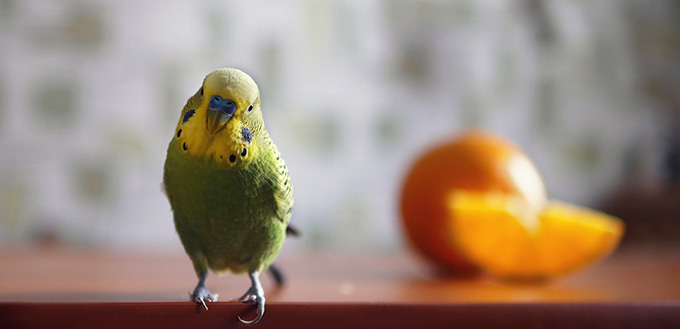
Taking Care Of Your Parrot
Now that you are convinced that you want a parrot, you should know how to take care of them. Parrots require a lot of care and attention, mostly due to their intelligence and long life spans. Some can live up to 100 years! Due to this, some people argue that parrots cannot be pets, but are life-long companions and members of the family. You might end up living with your parrot longer than you live with your own children!
Adopting a parrot is a serious life commitment, and you should go into it with your eyes open. Here are some tips to give you an idea of what it takes to look after a parrot:
- Consult with an avian vet. You need a specialist to help you with vaccinations, health problems and general care.
- Your parrot will probably make a lot of noise. If you have thin walls and grumpy neighbors, you will need to train them to only squawk during the day.
- Making a mess. Parrots eat continually throughout the day and enjoy shredding things. Their hook bills can shred wood, so you must watch out for your furniture and electrical cords.
- All animals need exercise. Ideally, you would invest in an aviary, but you can just provide them with a flight-safe room. This means windows and mirrors are covered, doors are shut, no other pets are present and there are no obstructions like ceiling fans. It is possible to clip their wings. In this case, they will enjoy exercising by climbing, swinging and flapping. They still need space, toys and climbing structures to stimulate them.
- As a general rule, the more intelligent your pet is, the more time you need to invest in them. Intelligent animals need mental stimulation as well as physical, so talk, play and train with them. They will appreciate the challenge.
- Parrots are known to bond with one or two people, but may be suspicious and unfriendly to strangers. Make sure to introduce your friends to your parrot regularly so that your parrot becomes used to them. Also check to see if your breed needs a mate or a friend to be happy. Some birds can become very depressed, and even die, without social contact.
- All birds need variety in their diet. They can eat pellets, grains, beans, fresh fruit and veg. Although seeds are the most famous food for parrots, they are not very healthy as they are entirely fat and have no nutritional value. They are still great treats, but should not be the basis of their entire diet.
- Parrots can be dangerous for young children. Even the smallest parrots have very sharp beaks. Cages can also be a problem for tiny fingers. At best, parrots can be frightening to young children due to their large wingspan, noise, and speed when they fly. Even a well behaved bird may be antagonized by a young child who does not understand how to treat animals.
- Put them in your will. If there is even a chance that your parrot will outlive you, make sure they are cared for. This might mean you need to discuss this with a parrot sanctuary and donate funds to provide for their care, or leave them to a trusted family member or friend.
Typical Parrot Breeds
There are still plenty of pet parrots in the USA, particularly as birds remain the third most popular choice of pet in the country. Of these many parrots, there is a huge variety as there are over 330 species of parrot. If you are considering becoming a parrot pet parent, it is important that you are aware of the differences between the breeds to make sure you find the right parrot for you. To help you, we have compiled a list of the characteristics of some of the most popular breeds:
- Budgerigars can live up to 10 years, are 6 to 8 inches, and are very social.
- African Grey Parrots can live up to 50 years, are 13 inches, and are the most talkative and intelligent birds, but are nervous, shy and require a lot of time and attention.
- Amazon Parrots can live up to 70 years, are 14 inches, and can be moody, aggressive and require lots of time and attention.
- Macaws can live up to 100 years, are the largest parrots at almost 40 inches, and can be very loud, playful. They require a lot of time and attention, particularly as they are difficult to train.
- Cockatoos can live up to 80 years, are around 20 inches, and also needs a lot of time and attention.
Generally, the larger the parrot, the more intelligent it is and the more time and effort you are going to need to put in to caring for it. If you want a bird that can talk, you are going to have to put in the work to keep them happy and to train them. There is no such thing as an easy parrot. The easiest you can get are small birds like budgies, but even they are very very social and you will need to spend a lot of time with them. You might even need to invest in friends for them to play with.
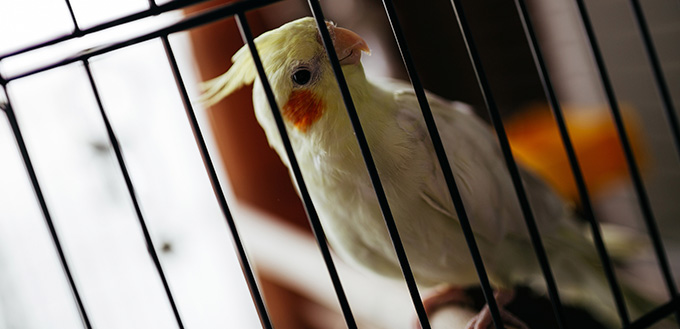
Adopting A Parrot
As we’ve established, there are a lot of reasons why you might want to own a parrot. They are beautiful, intelligent and charming. If you have done your research and are prepared to make the commitment, whether you are getting a budgerigar or two to light up your life for 10 years, or are settling down with a Cockatoo, then you might be wondering how best to get your new family member.
We can’t stress enough the serious issue of abandonment that is currently a major problem with pet parrots. It might be a good idea to volunteer at your nearest parrot rescue centre before you commit to owning your own. You might even find the parrot of your dreams there. It is a great idea to adopt from a shelter, but as some may be coming from backgrounds of abuse, or may just be suspicious of strangers, you must be willing to invest the time to introduce them to new surroundings and train them.
You can go to a breeder, but you must be aware of the issues surrounding the support of bird mills, who breed without any regard for the health and safety of the animals, and illegal imports and organized crime. It is worth noting that many wild parrots are considered un-trainable, so if the ethics of illegal trading doesn’t caution you to do your research, then perhaps the idea of paying a lot of money for an un-trainable pet might!
Sources:
- How Long Do Parrots Live As Pets?, WebMD
- Vanessa Voltolina, All About Parrots, PetMD
- Mikkel Becker, Parrots: 8 Things to Know Before You Get One, Vetstreet



